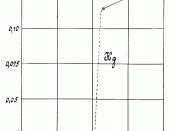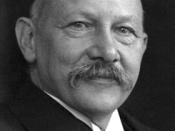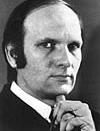Superconductivity is the ability for certain materials to conduct electrical current with no resistance. This is found in certain metals (i.e. lead, mercury and tin) and alloys when temperatures are near absolute zero, which is -273.15ðC. Ceramics are also good superconductors when they reach a higher temperature of -148ðC.
Dutch physicist, Heike Kamerlingh Onnes, made the first discoveries of superconductivity in 1911. He observed that there was no electrical resistance in mercury below -269ðC. Then in 1933, physicists, Karl W. Meissner and R Ochsenfeld detected strong diamagnetism in superconductors. In other words they repelled the magnetic fields.
In 1957 three American physicists, John Bardeen, Leon N. Cooper and John Robert Schrieffer, developed the modern theory of the basic physics of superconductivity. It was known as the BCS theory and they were all awarded with the 1972 Nobel Prize for physics for their work. Their theory stated the reason that superconductors have no electrical resistance is because the electrons move in pairs.
They are bound together and so they flow without resistance around impurities and other imperfections thus showing no electrical resistance. An ordinary conductor has resistance because the electrons collide with impurities and then scatter.
In able for the metals and alloys to be the temperature of -273.15ðC, liquid helium is used to cool them. This, however, can be quite inefficient and quite costly. In 1986 German physicist, J. Georg Bednroz and Swiss physicist, K. Alex Muller found superconductivity in ceramic material. Ceramic metal-oxide becomes a superconductor at a much higher temperature of -148ðC. This then means liquid nitrogen can be used to cool the ceramic material down which is cheaper and easier to handle.
Superconductors are starting to be used in our everyday lives saving a lot of energy a long the way. Power lines made from superconducting...


